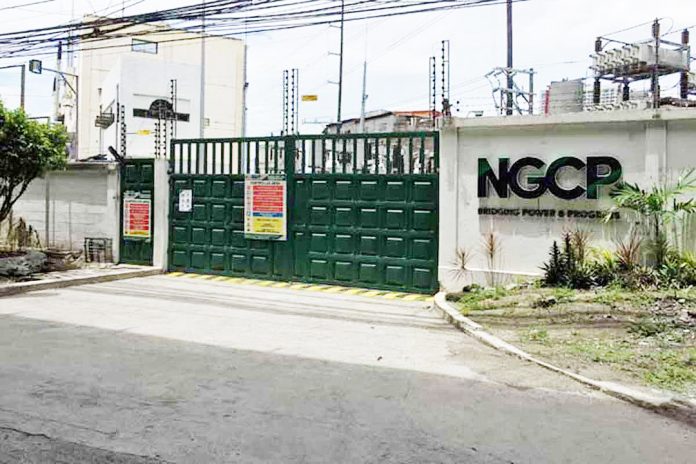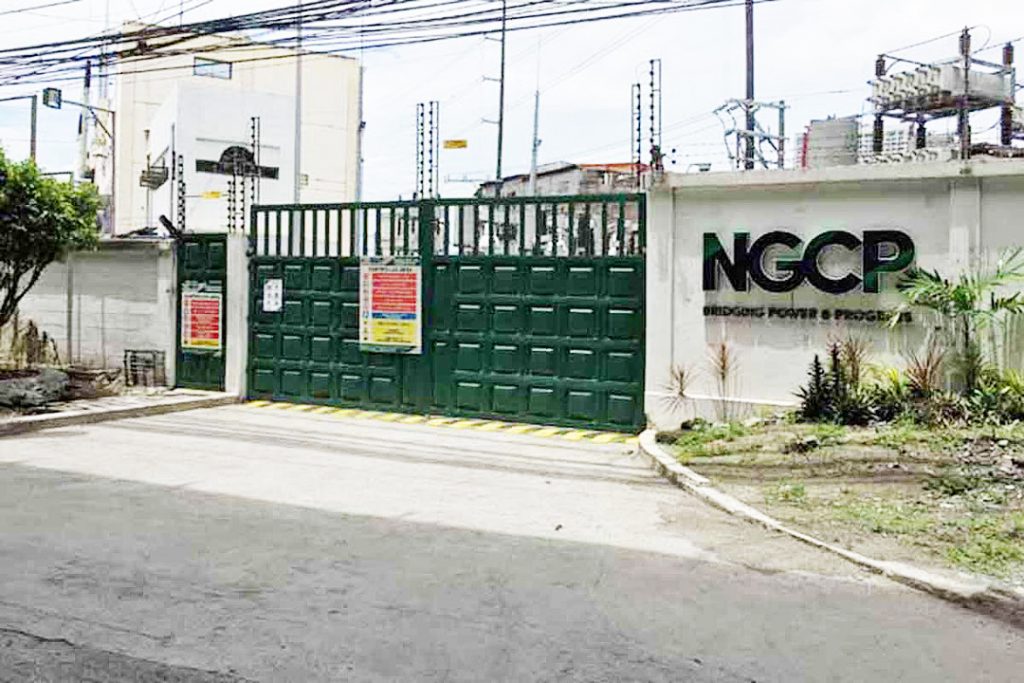The European Higher Education Fair (EHEF), one of the biggest fairs in the country, returns this November to inspire Filipinos to aim higher, dream bigger, and make their mark on the global arena.
The EHEF 2025 will offer a hybrid experience, with onsite activities on 21 and 22 November at the Midtown Atrium in Robinsons Manila, and online thematic webinars on 24 November. The Fair serves as a gateway to world-class education in the EU, offering students, academicians, and researchers the opportunity to explore pathways that can shape their future.
“To study and pursue higher education in the European Union is a one-of-a-lifetime experience as the EU offers world-class education, new cultures, friendships, and boundless opportunities,” said H.E. Massimo Santoro, European Union Ambassador. “The annual European Higher Education Fair is the best avenue for Filipino students to explore programmes that fit their interests, skills, and talents. It is also a reflection of our commitment to empower the next generation of Filipino global leaders and change makers.”
Organised by the Delegation of the European Union to the Philippines and the Embassies and Cultural Institutes the following European Union Member States: Czech Republic, Germany, Ireland, Spain, France, Italy, Latvia, Hungary, The Netherlands, Austria, Romania, Slovakia, Finland, and Sweden, this year’s EHEF will bring together 95 higher education institutions both on-site and online.
The Fair has long served as a platform to connect Filipino students, professionals, academe, researchers, and university officials to engage with higher education institutions from the EU. This year’s theme, “Pathways to Excellence” reflects the EU’s commitment to empowering Filipino students with the knowledge, skills, and global competencies they need to thrive in the ever-evolving world.
Participants can also look forward to thematic sessions and seminars, country presentations highlighting the strengths of different education systems, and networking opportunities where guests can exchange ideas and build partnerships. The Fair also aims to showcase the diversity and world-class programmes available in the EU, while guiding aspiring students on scholarships, mobility schemes, and application processes.
EHEF 2025 is supported by the Commission on Higher Education (CHED), together with the regional hubs University of Santo Tomas (Metro Manila), University of the Cordilleras (Luzon), Eastern Visayas State University (Visayas), and Xavier University – Ateneo de Cagayan (Mindanao). University partners include Ateneo de Davao University, Caraga State University, De La Salle University, Far Eastern University, Holy Cross of Davao College, Lyceum of the Philippines-Manila Campus, Mindanao State University – Iligan Institute of Technology, Pampanga State Agricultural University, Polytechnic University of the Philippines, University of San Agustin, University of the Philippines Manila, and Visayas State University.
Professional organization partners include: the National Academy of Science and Technology–Philippines, Philippine Architecture School Association, Philippine Computer Society, Philippine Economic Society, and the United Architects of the Philippines. Media partners such as Backend News, Baguio Herald Express, Daily Guardian, Daily Tribune, Manila Bulletin, Mindanao Gold Star Daily, SEA Wave Pop Culture Magazine, SEA Wave Pilipinas, Tempo, and When In Manila help bring the event closer to students nationwide. COMCO Southeast Asia-Pilipinas is the PR and communications partner.
For more information, visit ehefphilippines.com and check our social media accounts: Facebook, Instagram, and X (@EHEFPhilippines). (PR)


